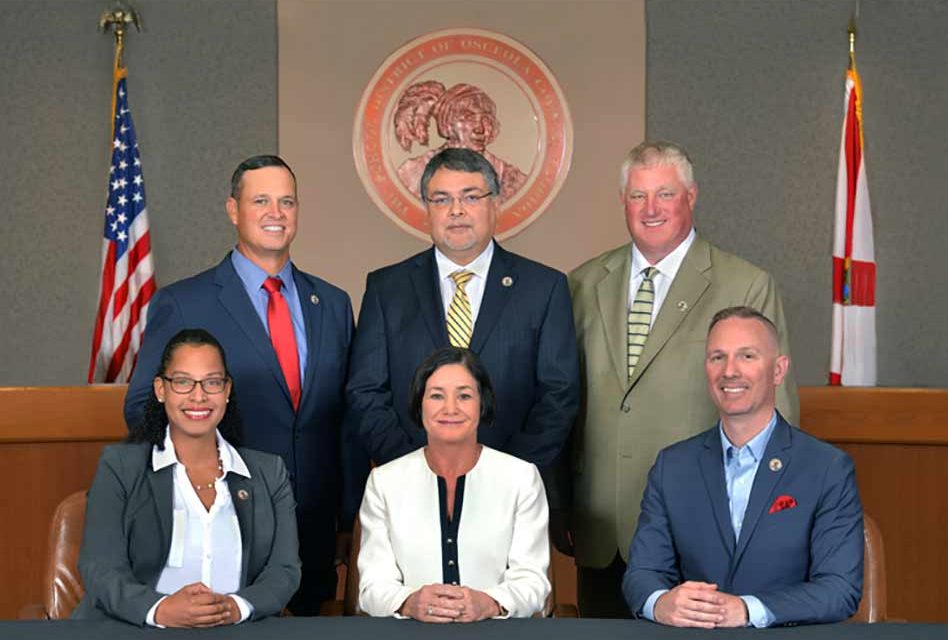A number of Osceola County classrooms have had air conditioning challenges thus far this school year, so School Board members allocated much of Tuesday’s board meeting to ensure that the issue would be remedied for students, staff, and the public.
Since a strategic initiative to bump classroom thermostats up a degree or two to save in AC costs, some classrooms, many in the district’s newest schools, have risen into the mid-80s, creating sweltering conditions. School Board member from District 5, Ricky Booth, said he’s been addressing the subject since a meeting on Aug. 20.
“In my day if the AC stopped working you could crank open the windows and kick the door open, but with new construction you can’t open the windows and we have to keep the doors locked,” he said. “I want teachers to feel like they will get it checked out, but I’m with them, it was brought up and hasn’t been addressed. I’m over this. People need to be comfortable.”
The board passed updates to the Strategic Plan with the thermostat settings still in place, with the agreement they would bump down the AC in the warmest classrooms, and find other ways to make up the costs of spending a little extra to cool those “hot boxes” Booth spoke of.
School Board Chair Clarence Thacker questioned how and why rooms were reportedly reaching 85 degrees.
“I can’t figure out how going up two degrees could cause it to go up 12,” he said.
Superintendent Dr. Debra Pace said if teachers let the district know about an AC issue, they have it looked at the first chance a technician can get to the school or classroom.
As part of its agenda Tuesday, the board approved HVAC or chiller replacements at Poinciana High and St. Cloud Middle, at roughly $2.8 million apiece, which board member Tim Weisheyer called, “An investment in air conditioning.”
Also on Tuesday’s agenda, the board approved a $1.257 billion budget for the 2019-20 school year and a millage rate of 6.24 mills (homeowners pay $624 for every $100,000 of taxable value of their homes), which is actually down from 6.41 last year, holding down the annual property tax bill if the home’s assessed value rose (which most have in each of the last two years).

















